
Establishing guideline harmonization and practice standardization may help promote the safe and consistent delivery of radiopharmaceutical therapies.

Your AI-Trained Oncology Knowledge Connection!


Establishing guideline harmonization and practice standardization may help promote the safe and consistent delivery of radiopharmaceutical therapies.
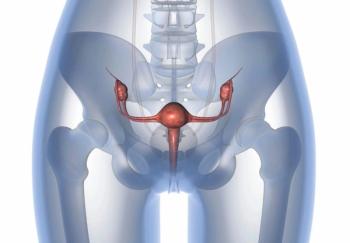
The Promega OncoMate MSI Dx Analysis System was previously approved to identify Lynch syndrome in patients with CRC.

Preliminary findings from a phase 2 trial show clinical activity with MB-105 in patients with relapsed/refractory T-cell lymphoma.

At 1 and 2 years, the progression-free survival rates were higher with nivolumab plus ipilimumab vs pembrolizumab in patients with cutaneous melanoma.

Most patients with BCG-unresponsive NMIBC treated with detalimogene voraplasmid did not experience TRAEs, and only 1.6% experienced dose interruptions.

Findings from 2 studies showed that onetime cell therapies can elicit complete tumor regression in patients with advanced epithelial cancers.

Phase 2 data show consistent overall immunotherapy immunogenicity with ELI-002 7P in those with KRAS-mutated pancreatic ductal adenocarcinoma.

Data from the ASCENT-07 trial show an early trend toward improved overall survival with sacituzumab govitecan vs chemotherapy.

Results from the PEAK trial showed increased PFS in the bezuclastinib plus sunitinib arm vs sunitinib alone for patients with GIST.

A median OS of 22.9 months was observed with mecbotamab vedotin plus nivolumab in patients with soft tissue sarcoma.

One patient with metastatic bladder cancer experienced an ongoing metabolic complete response following treatment with aldesleukin/imneskibart.

Combining daratumumab with other agents is one strategy that investigators are exploring in the smoldering multiple myeloma field.

Antibody-drug conjugates are effective, but strategies such as better understanding the mechanisms of action may lead to enhanced care for patients with cancer.
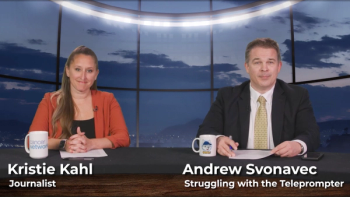
Co-hosts Kristie L. Kahl and Andrew Svonavec highlight what to expect at the 43rd Annual Chemotherapy Foundation Symposium, such as new chemotherapeutics and targeted therapies.
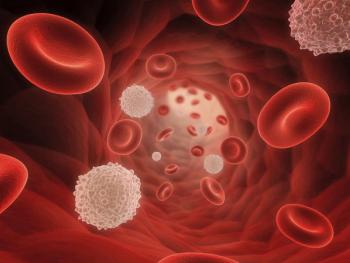
The developers plan to initiate the TELLOMAK 3 trial, which will evaluate lacutamab in Sézary syndrome and mycosis fungoides, in the first half of 2026.

A substantial portion of patients who received daratumumab in the AQUILA study were able to delay disease progression to active multiple myeloma.
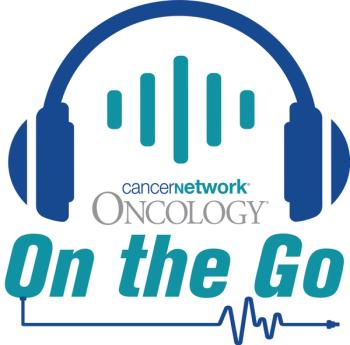
Experts discussed supportive care and why it should be integrated into standard oncology care.

Results showed no “deleterious reactions” with chlorotoxin-directed cellular therapy in a small cohort of patients with recurrent glioblastoma.

Although 1 of 21 patients with liver-dominant NETs died due to RILD in the phase 1 study, no RILD-induced deaths were observed in the phase 2 trial.
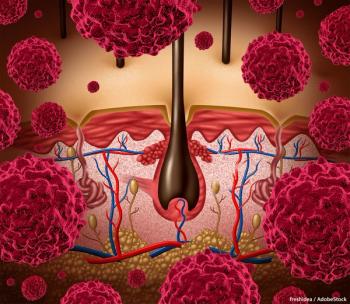
Biomarker analyses and real-world comparisons to refine patient selection are ongoing in the phase 2 PLUME trial.

A novel CAR T-cell therapy may bind with more avidity, rather than affinity, to glioblastoma cells, said Michael Barish, PhD.

Data from the phase 2 INTERACT-ION trial support further investigation of the potential synergistic effect of ezabenlimab plus adaptive chemoradiotherapy.

Data from a phase 1a/1b trial show that no patients discontinued STK-012 due to treatment-related adverse effects.

Dato-DXd is being assessed in numerous trials across the breast, lung, and bladder cancer spaces.


While more work must be done to minimize toxicity, antibody-drug conjugates have demonstrated benefits for patients with glioblastoma.
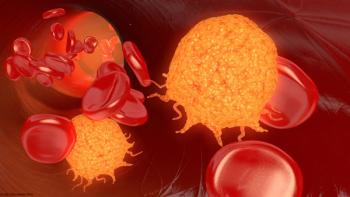
The newly approved dasatinib tablets are therapeutically equivalent and approved in the same indications as reference dasatinib.

Micheal C. Soulen, MD, spoke about his presentation on the CapTemY90 trial at the 2025 NANETS Multidisciplinary NET Medical Symposium.
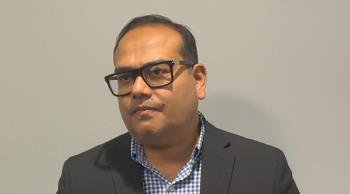
ADCs demonstrate superior efficacy vs chemotherapy but maintain a similar safety profile that requires multidisciplinary collaboration to optimally treat.

The approval of daratumumab validates the notion of using limited therapy to help delay progression from smoldering disease to multiple myeloma.